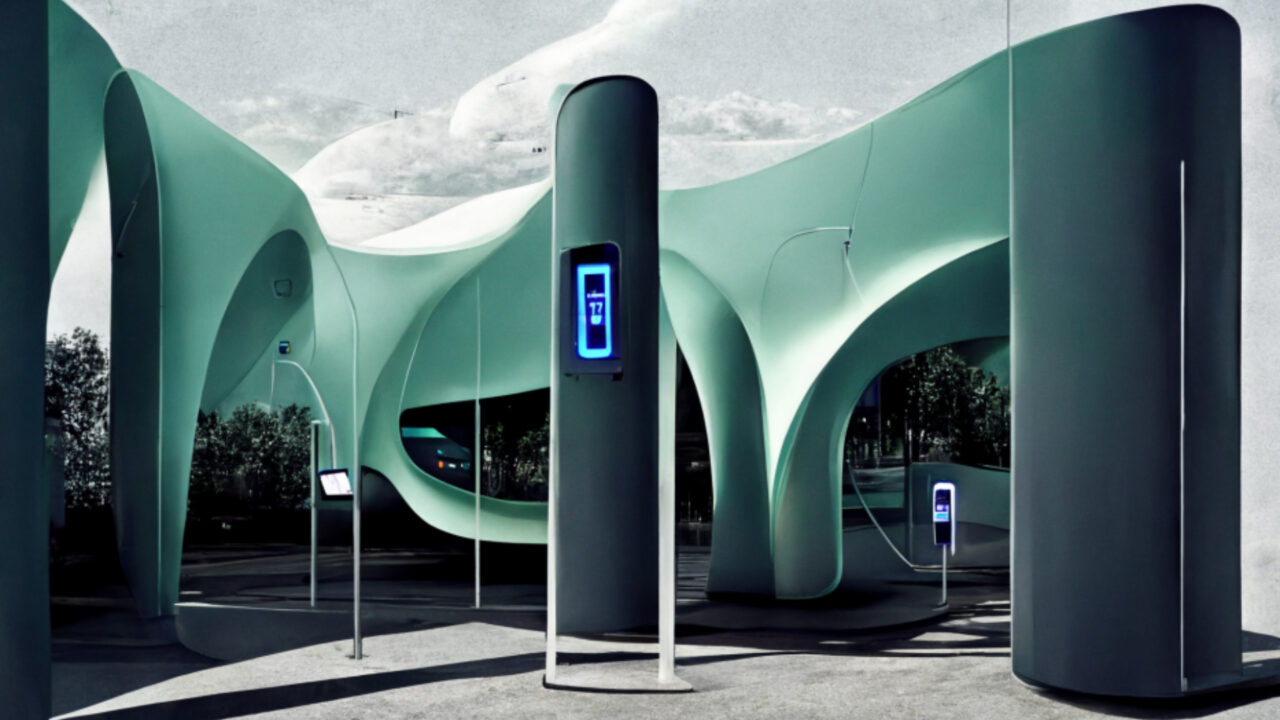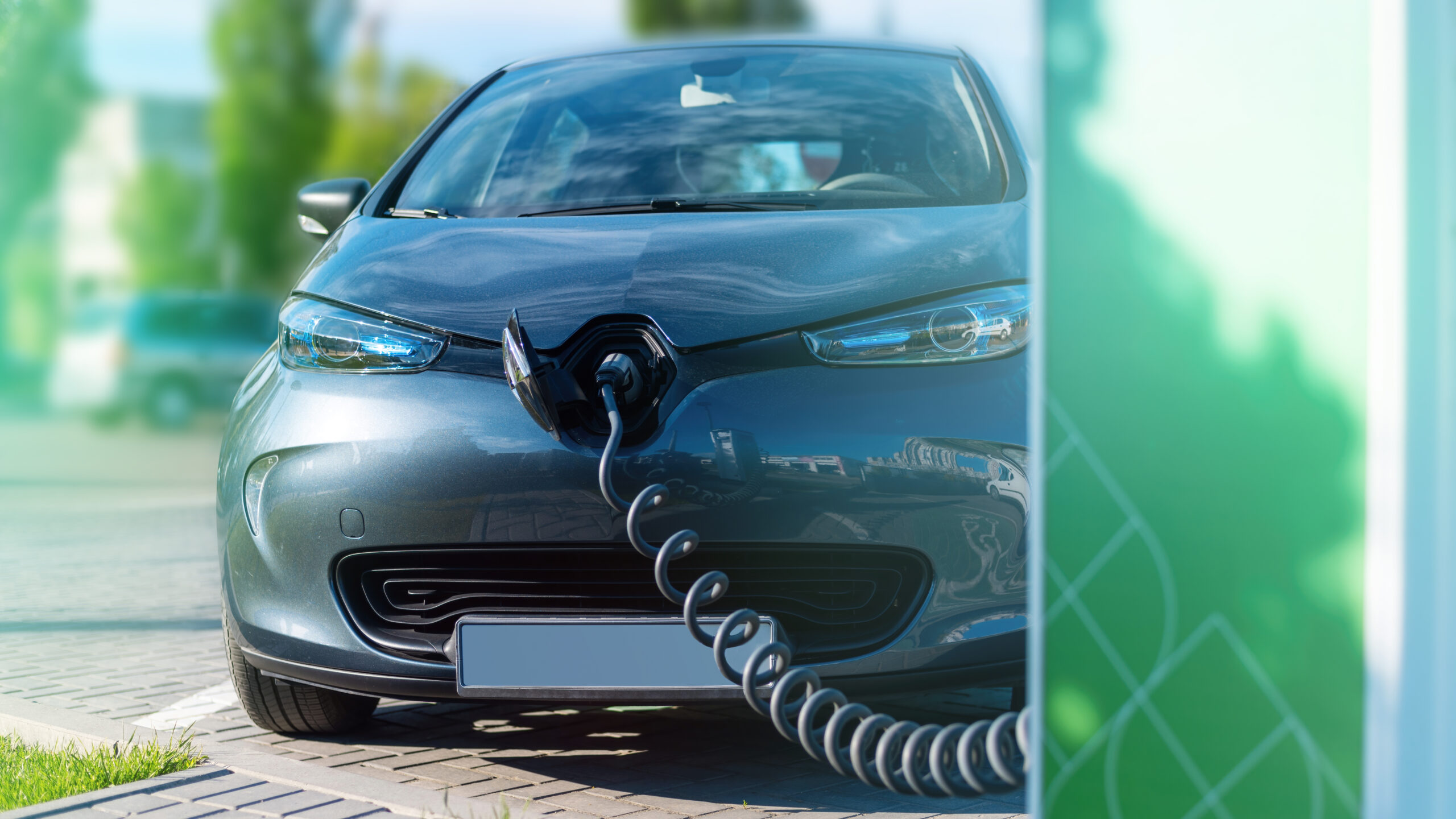The latest advancements in battery technology for electric vehicles mean increased energy density, faster charging and better battery longevity.
The energy density of a battery is a measure of how much energy it can store in a given volume. The higher the energy density, the more energy a battery can store and the longer it can power a device or vehicle. In the past, one of the main concerns with EVs was their limited driving range, as the batteries had lower energy density compared to traditional petrol-powered vehicles. However, recent advancements in battery technology have led to an increase in the energy density of EV batteries.
Energy Density
One of the key ways that battery manufacturers have been able to increase the energy density of batteries is by developing new battery chemistries. For example, lithium-ion batteries, which are the most common type of battery used in EVs, have seen improvements in the materials used for the electrodes and electrolytes. These new materials have allowed for the creation of batteries with higher energy densities, meaning that EVs can now travel further on a single charge.

In addition to new battery chemistries, improvements in manufacturing processes have also led to an increase in the energy density of batteries. For example, advancements in the way that batteries are constructed and the use of new materials have allowed for the creation of batteries with higher energy densities. This has led to an increase in the driving range of EVs, making them more practical and convenient for everyday use.
The energy density of a battery is a key factor in determining the driving range of electric vehicles (EVs). According to Dr Arumugam Manthiram, Director of the Texas Materials Institute at the University of Texas at Austin, “The energy density of a battery is a measure of how much energy it can store in a given volume. The higher the energy density, the more energy a battery can store and the longer it can power a device or vehicle for.”
Initial Improvements
In the past, one of the main concerns with EVs was their limited driving range, as the batteries had lower energy density compared to traditional petrol-powered vehicles. However, recent advancements in battery technology between 2020 and now have led to an increase in the energy density of EV batteries.
“Improvements in lithium-ion battery chemistry, specifically in the development of new cathode materials such as lithium nickel cobalt manganese oxide (NCM) and lithium iron phosphate (LFP), have led to an increase in the energy density of EV batteries and a corresponding increase in driving range,” says Dr Venkat Viswanathan, professor of mechanical engineering at Carnegie Mellon University.
This is a significant development for the EV market, as it makes EVs more practical and convenient for everyday use. According to Dr Guoying Chen, professor of energy storage at the University of Warwick, “The increase in energy density of batteries is a significant development for the EV market. It means that EVs can now travel further on a single charge, making them more practical and convenient for everyday use.”
Moreover, industry experts are confident that the technology will continue to evolve and improve. “We expect to see even greater advancements in the driving range of EVs in the future, as the technology continues to evolve and improve. Research in solid-state batteries and the use of new electrode materials like silicon and lithium metal will play a key role in further increasing the energy density of EV batteries,” says Dr Manthiram.
This is a clear indication that the increase in energy density of batteries is a key development for the EV market between 2020 and now, making them more practical and convenient for everyday use and a more viable option for consumers.
The energy density of a battery is a key factor in determining the driving range of electric vehicles (EVs). According to Dr Arumugam Manthiram, Director of the Texas Materials Institute at the University of Texas at Austin, “The energy density of a battery is a measure of how much energy it can store in a given volume. The higher the energy density, the more energy a battery can store and the longer it can power a device or vehicle for.”

Recent Advancements in Solid State Batteries
Recent advancements in battery technology between 2020 and now have led to an increase in the energy density of EV batteries. One of the most promising advancements is the development of solid-state batteries. “Solid-state batteries are a key technology for increasing the energy density and safety of lithium-ion batteries,” says Dr Guoying Chen, professor of energy storage at the University of Warwick.
Solid-state batteries use a solid electrolyte instead of a liquid one, which results in a number of benefits, such as increased energy density, improved safety, and faster charging times. They also can have a higher operating temperature range, which means they can be used in a wider variety of applications.
Another advancement is the use of silicon in the anode of lithium-ion batteries, which can increase energy density by 10 to 20% compared to traditional graphite anodes. “Silicon anodes have the potential to significantly increase the energy density of lithium-ion batteries,” says Dr Venkat Viswanathan, professor of mechanical engineering at Carnegie Mellon University.
Silicon is able to store more lithium ions than graphite, which leads to a higher energy density. However, the use of silicon in anodes can also lead to swelling and cracking, which can shorten the life of the battery. Researchers are now working on ways to overcome these issues, such as using nano-structured silicon or coating the silicon in a protective layer.
Lithium-sulphur batteries are also starting to make their way into the market. “Lithium-sulphur batteries have the potential to double the energy density of lithium-ion batteries,” says Dr Manthiram. These batteries use sulphur as the cathode material, which is lighter and has a higher energy density than traditional lithium-ion cathodes. In addition, lithium-sulphur batteries are smaller and have a higher energy density than traditional lithium-ion batteries.
However, the use of sulphur in batteries can also lead to issues with stability and capacity fading over time. Researchers are continuing to work on ways to overcome these challenges and make these batteries more viable for commercial use.

Latest Developments
An international team of scientists have made a major breakthrough in battery technology, discovering a way to create solid-state batteries for electric cars that do not lose capacity even after hundreds of charging cycles. This development could revolutionise the electric vehicle industry, providing a viable alternative to current battery technologies and drastically reducing battery costs.
With lithium-ion batteries having “peaked” in terms of performance, solid-state batteries are seen as the next big thing in battery development and the new research has opened up the possibility of creating advanced electric vehicles that are as good as, or even better than, their current counterparts.
BMW’s top engineer, Simon Erhard, recently predicted that solid-state batteries would replace lithium-ion batteries as the industry standard due to them having “peaked” in terms of performance.
A paper detailing the new breakthrough has been published in the scientific journal Nature Materials, and the researchers now hope that refining the electrode materials will make it possible to create solid-state batteries for electric vehicles that match current technologies in terms of price, safety, capacity and charging speed.

1 thought on “Improving Battery Technology for Electric Vehicles”
Comments are closed.